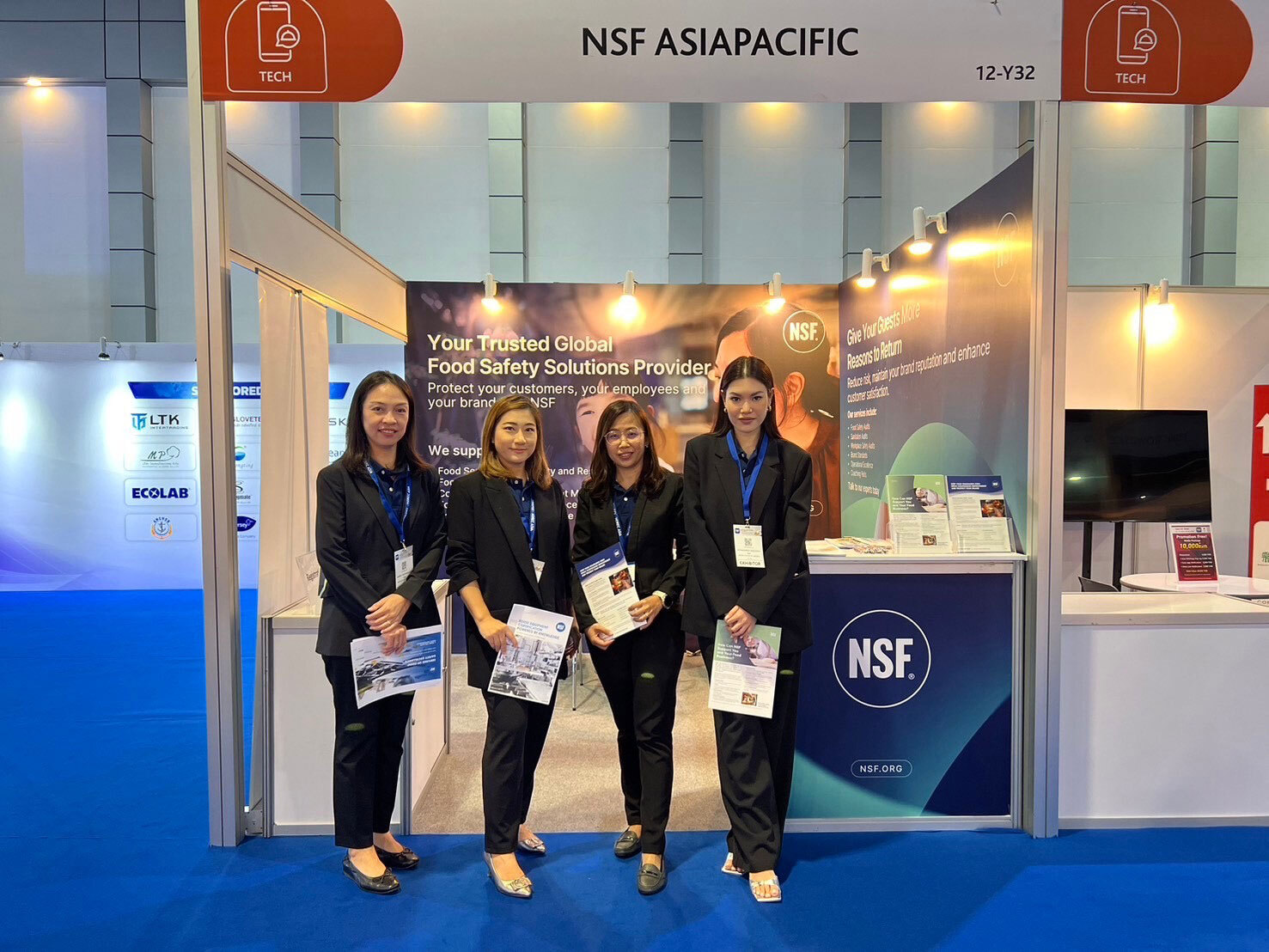Opportunities in Water Treatment for Chemical Manufacturers

Did you know that certifying and/or registering your water treatment chemicals can open doors to new end-use applications?
Let’s look at the treatment of potable water, swimming pool water, cooling and retort water, and boiler water. Some typical problems addressed by water treatment chemicals and examples for each of the certified and registered chemicals that are commonly used are listed below.
Note: The examples below are not an exhaustive list.
Potable Water Treatment
Drinking water must be free of suspended solids, microorganisms and toxic chemicals. In addition, most minerals have a recommended maximum concentration to ensure safe, odor-free and clear water to drink. For municipal drinking water, attention is also paid to corrosion and scaling of the water in order to maintain distribution piping in good condition. Important drinking water treatments include:
- Coagulation: Iron or aluminum salts are added to water. They react with small particles to form masses large enough to settle or be trapped in a filter. This helps remove suspended solids such as colloids, organics, inorganics and pathogenic bacteria.
Examples of treatment chemicals: aluminum chloride, ferric chloride, ferric sulfate, sodium aluminate, sodium silicate. - Corrosion and scale control: Chemicals are added to alter the treated water and chemically interact with surfaces of metallic materials in the water distribution system. This inhibits corrosion and/or prevents the formation of scale deposits.
Examples of treatment chemicals: dipotassium orthophosphate, phosphoric acid, sodium polyphosphate, sodium silicate, zinc orthophosphate. - Disinfection and oxidation: It’s necessary to destroy, inactivate or render harmless potentially pathogenic bacteria, viruses and protozoa. This can be done through disinfection or oxidation. In the latter process, a substance combines with oxygen to break down organic or inorganic compounds into simpler compounds such as water, carbon dioxide, and salts.
Examples of treatment chemicals: ammonia, chlorine, iodine, potassium permanganate, sodium hypochlorite. - pH adjustment: The acidity of a chemical either increases or decreases the pH of the treated water. It is generally recommended that the pH of drinking water be maintained around 7. This eliminates any soda taste and can improve the effectiveness of chlorination. In addition, pH balance reduces the potential of pipe corrosion, as high acidity in water can corrode metal components.
Examples of treatment chemicals: calcium carbonate, hydrochloric acid, magnesium oxide, potassium hydroxide, sodium hydroxide. - Precipitation: Dissolved substances like phosphorus, arsenic and iron can affect water quality. Treatment chemicals create an insoluble mass that can be filtered out.
Examples of treatment chemicals: aluminum chloride, aluminum sulfate, ferric chloride, ferrous sulfate, polyaluminium chloride. - Sequestering: Elevated mineral content in water can oxidize and affect the color and taste of the water. Treatment chemicals bind with metallic ions to form a water-soluble complex that is resistant to oxidation and precipitation.
Examples of treatment chemicals: tetrapotassium pyrophosphate, tetrasodium pyrophosphate. - Softening: Chemicals are added to decrease or mask the presence of dissolved calcium or magnesium in treated water. The chemical reaction forms insoluble compounds that precipitate and are removed from the water by sedimentation and filtration. Hard water is caused by the build-up of calcium and magnesium carbonates and sulfates. These minerals cause lime scaling of pipes and equipment.
Examples of treatment chemicals: calcium hydroxide, sodium carbonate, tetrapotassium pyrophosphate, trisodium phosphate.
Swimming Pool Water Treatment
Swimming pool water must be treated in order to remain clean and crystal clear, safe and inviting for swimmers. Potentially harmful substances, bacteria, viruses, algae and other pathogens need to be removed. Important swimming pool water treatment processes include:
- Dechlorination: The right chlorine level is important in maintaining a clean pool that is safe to swim in. When it’s time to drain the pool, it’s necessary to dechlorinate the water so that it doesn’t contaminate the soil or other water sources.
Examples of treatment chemicals: calcium thiosulfate, hydrogen peroxide, sodium sulfite, sodium bisulfite, sodium metabisulfate. - Flocculation: See above description under potable water treatment.
- pH adjustment: See above description under potable water treatment.
- Softening: See above description under potable water treatment.
Cooling and Retort Water Treatment
Common problems are corrosion of metal components, scale deposits and fouling caused by microbes and biofilms. Important cooling and retort water treatment processes include:
- Corrosion and scale control: See above description under potable water treatment.
- Disinfection and oxidation: See above description under potable water treatment.
Boiler Water Treatment
Boilers can be damaged by calcium-based scale and metallic corrosion. In addition, minerals and impurities are common problems. Important boiler water treatment processes include:
- Corrosion and scale control: See above description under potable water treatment.
- Sequestering: See above description under potable water treatment.
- Softening: See above description under potable water treatment.
Give Buyers the Assurance of the NSF Mark
If you want to sell your chemical products to new markets, show that your products comply with the highest international standards. The NSF mark provides assurance that your products have been evaluated by an accredited, objective third party and that they meet stringent public health standards.
NSF offers testing, certification and registration services for many treatment products. Certified products appear in NSF’s online searchable listings. This listing is used by buyers to select products and by public health officials to verify NSF certification and/or registration.
Want More Information?
Contact us with questions or to receive a quote.
How NSF Can Help You
Get in touch to find out how we can help you and your business thrive.

What’s New with NSF

NSF Shanghai Named Critical Site for NSF/ANSI 455 and NSF/ANSI 173 by ANSI National Accreditation Board
July 26, 2024
NSF Takes Center Stage at NEHA Annual Education Conference
July 25, 2024
NSF Asia Pacific Showcases Hospitality Solutions at THAIFEX HOREC Asia 2024 in Bangkok, Thailand
July 4, 2024